Spatial
Howatson+Company 6 Collider UNSW Mission for Earth Habitation
-
Pou Auaha / Creative Directors
Jeremy Hogg, Richard Shaw -
Pou Rautaki / Strategic Leads
Elaine Li, Jared Wicker
-
Ringatoi Matua / Design Director
Caroline Gilroy -
Kaituhi Matua / Copywriter Lead
Jared Wicker
-
Kaitautoko / Contributor
Andrew van der Westhuyzen
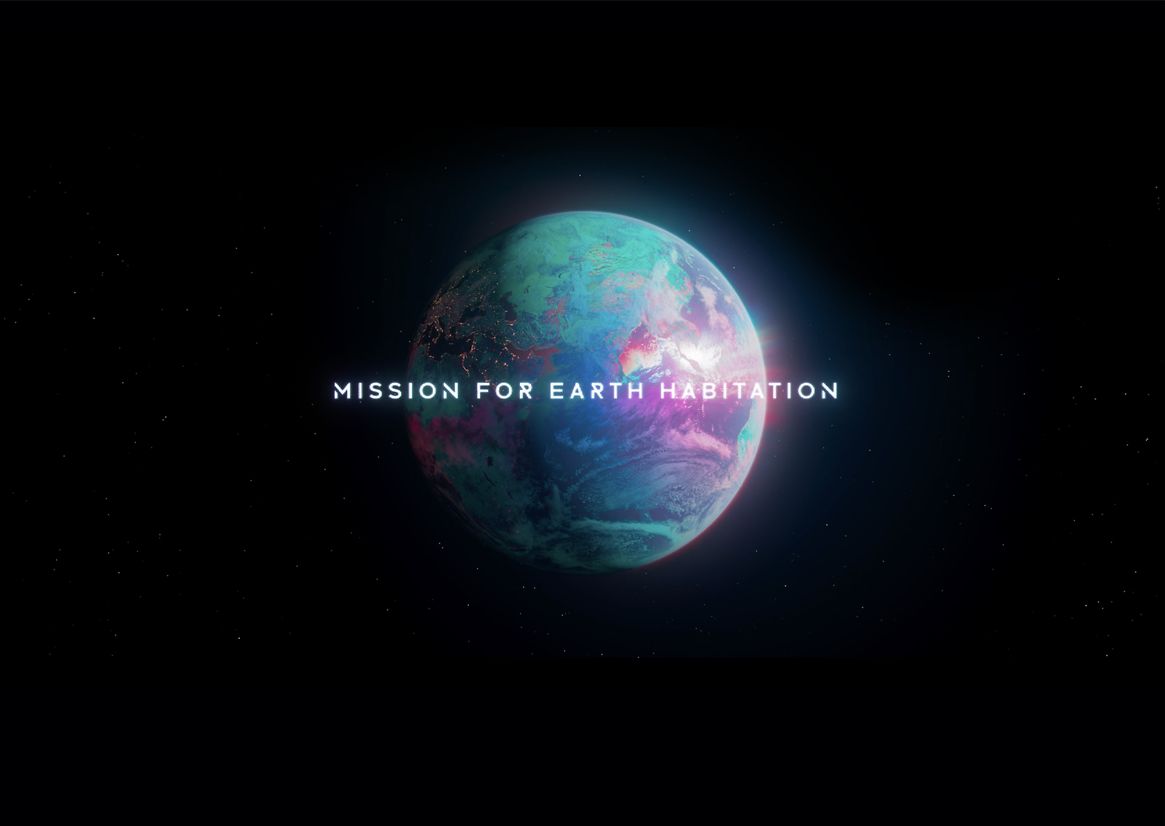
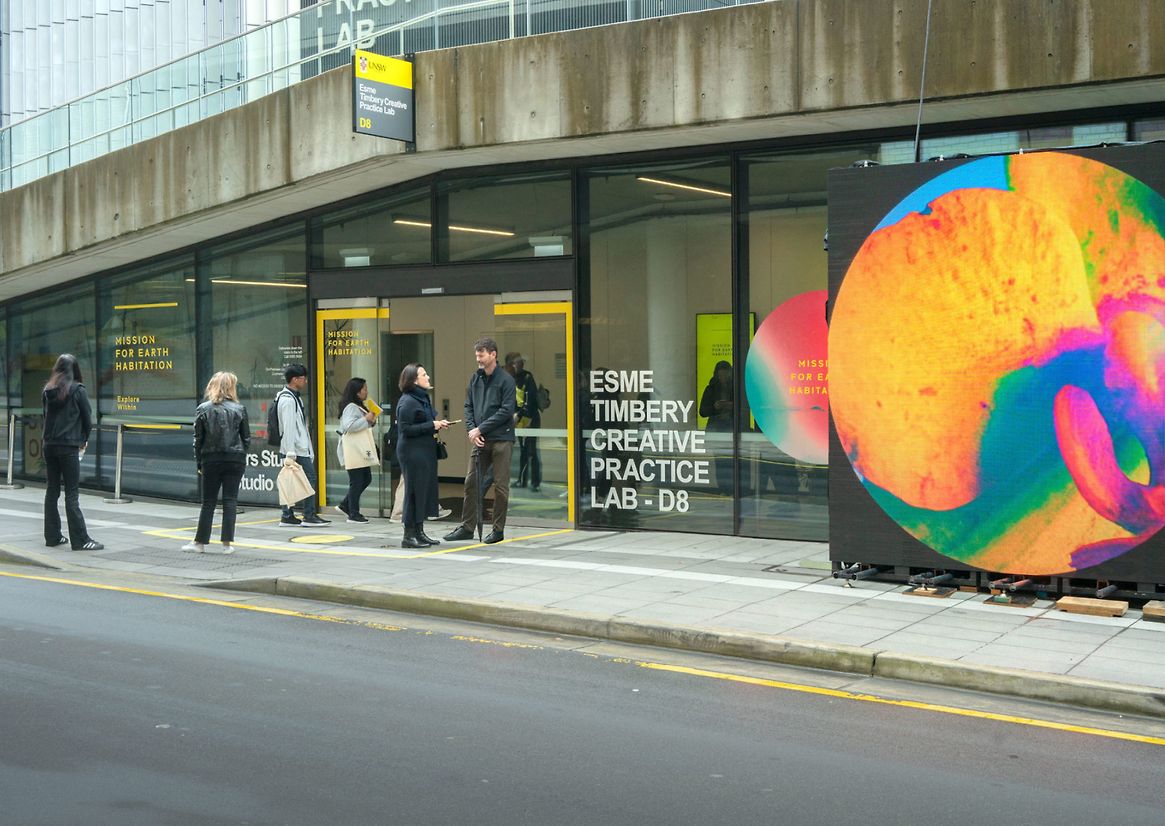
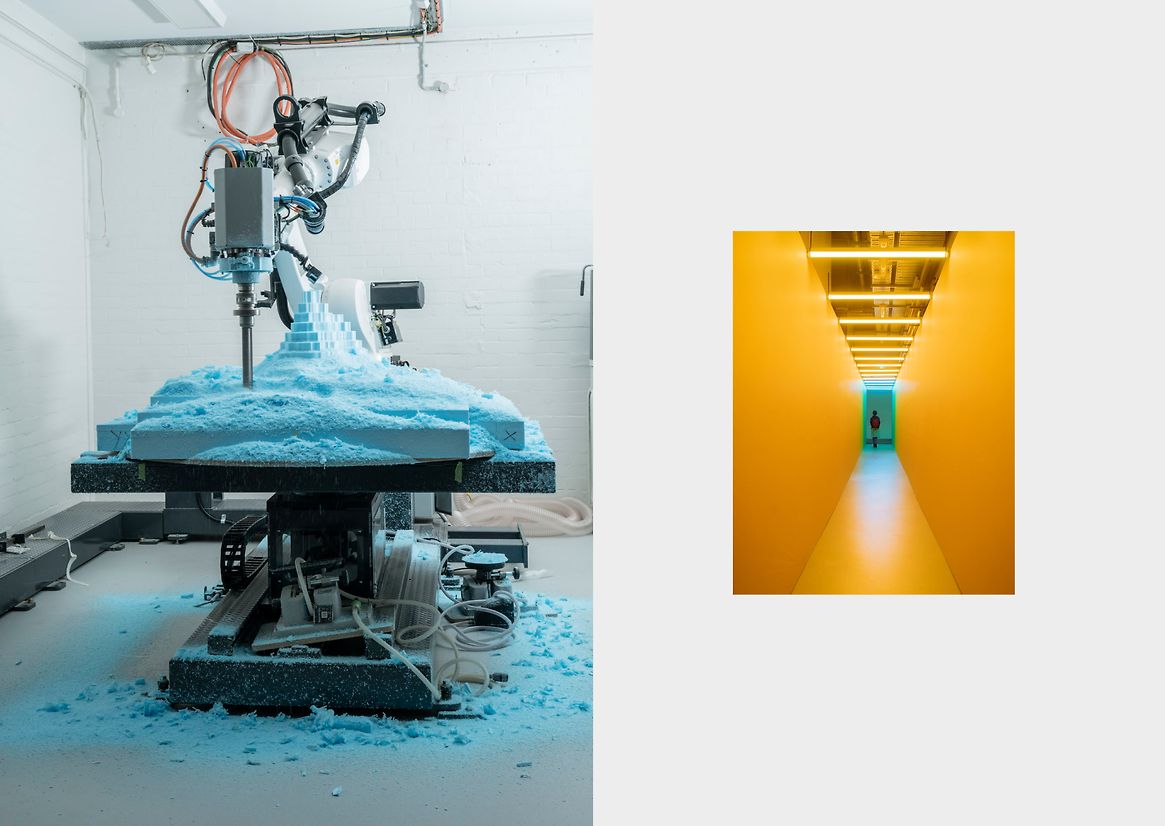
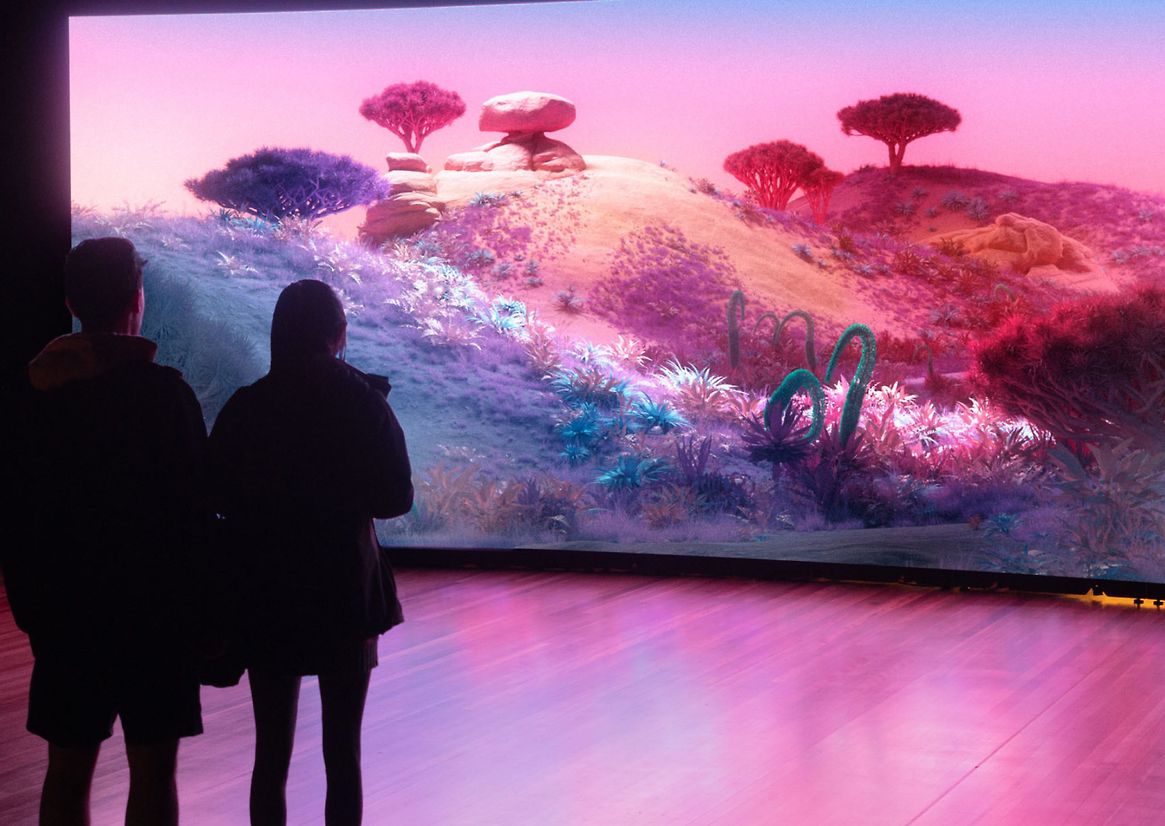
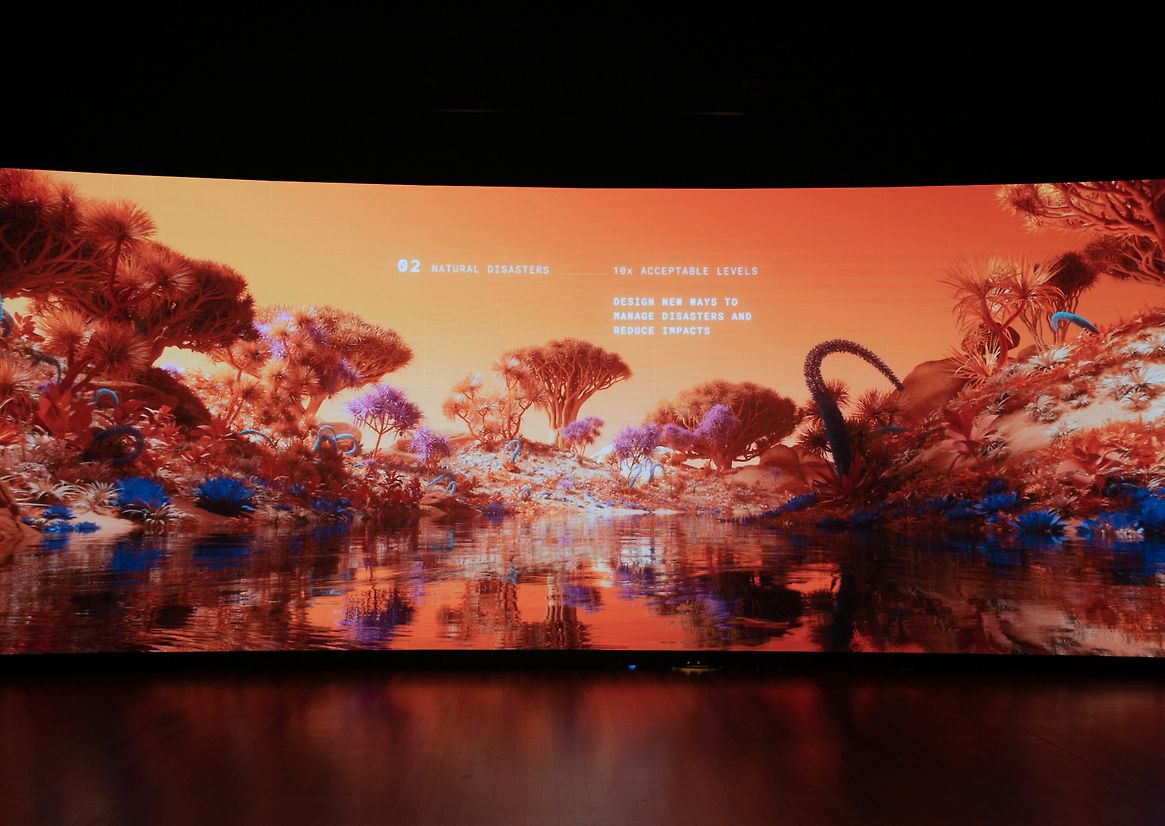
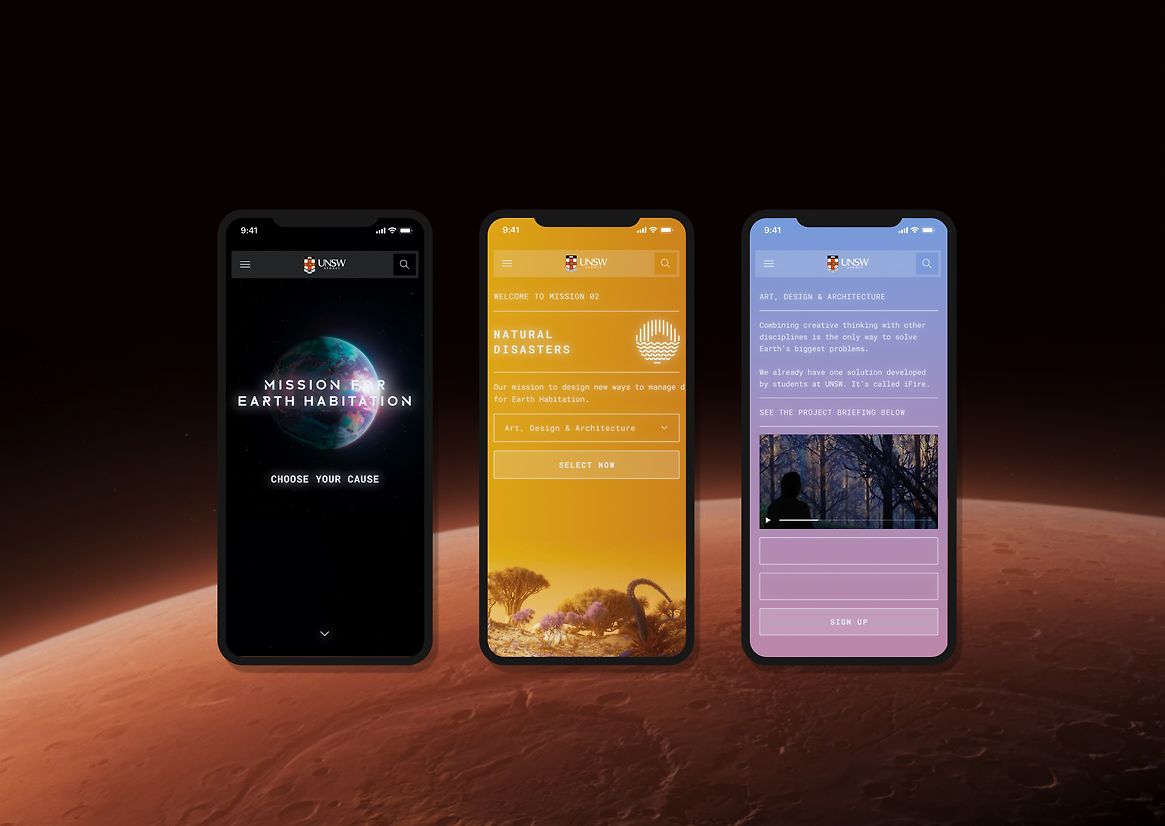
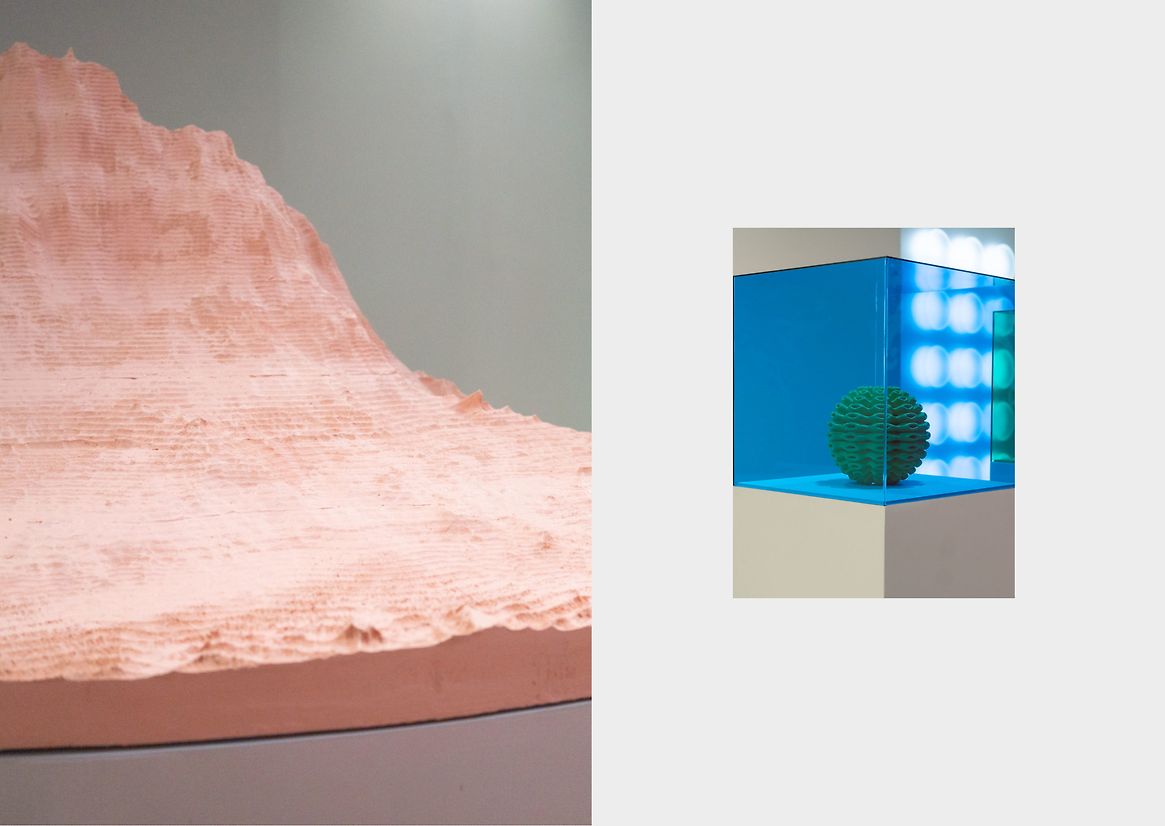
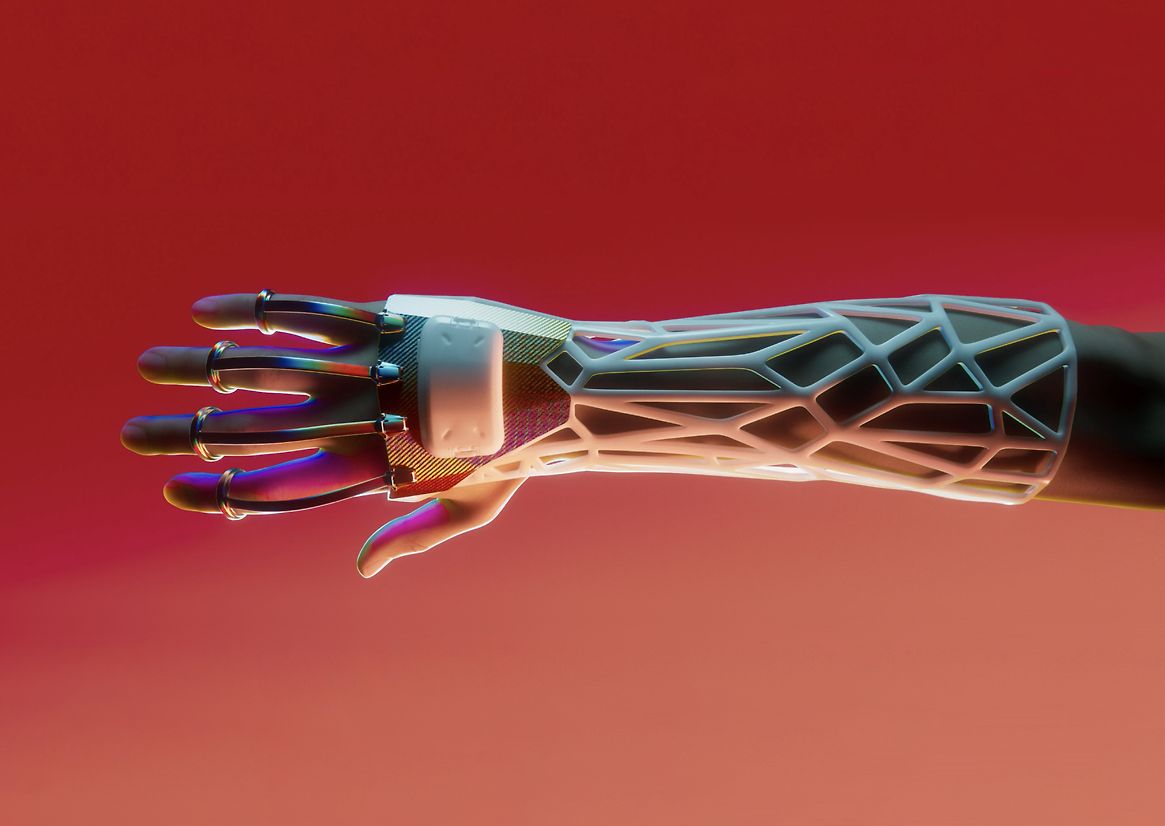
Description:
UNSW is famous for being a STEM university (science, technology, engineering and mathematics). They wanted to elevate their arts and humanities offering to prospective students and the parents and teachers who influence them.
Our starting point was a depressing fact: 16-year-olds have literally never heard about earth’s future other than in dire terms. It’s left 76% of them wanting a degree that can improve the planet and our global society.
So we created the Mission for Earth Habitation. A way for students to identify courses not around traditional academic categories, but global causes.
In this campaign, we framed Earth as if it were a newly discovered planet, assessing its unique conditions and the biggest issues that need to change to make it optimal for human life: everything from climate, to human rights, political infrastructure and beyond. Each issue was turned into a genuine mission that could save the planet.
We then restructured the entire university syllabus around these causes. Students interested in any discipline could select any global issue they wanted to solve, and which degree they could apply for to help. Any part of the syllabus, and thinking from any department, could be applied to a greater goal: to save Earth.
Mission for Earth Habitation was launched at Open Day and attended by over 30,000 students. It kicked off with an immersive film and factual exhibition that analysed Earth and outlined the missions required to save the planet. After the experience, prospective students could select the cause they wanted to solve and discover multiple degrees and how each skill set can be applied to the problem.
Within the exhibition, we wanted to capture the romance and language of space exploration without getting too ‘scientific’. We adopted a design approach that combines scientific elements with a sense of whimsy and wonder.
Next, we’re launching a habitation hub, where we track the progress of each mission and have remote collaborative working sessions with faculty. It’ll also be a place where future students of UNSW can continue to do the one thing 76% of them want - make the world better.